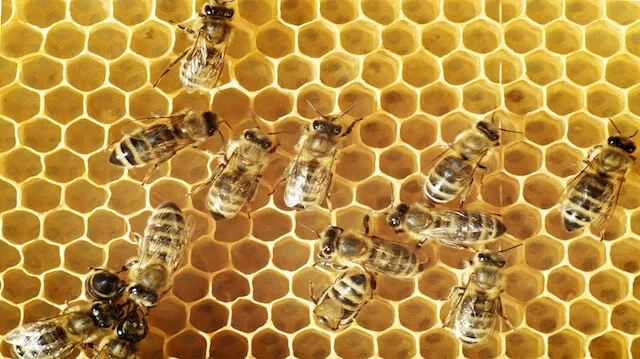You have likely heard that the population of honeybees in the United States is in serious decline. For years, activists have warned of the effects of chemicals used on plants. Since the 1950s, the honeybee population in the United States has declined from five million to only 2.5 million. Beekeepers reportedly lost 42 percent of their honeybees between April 2014 and April 2015.
The reason for our dwindling bee population can be attributed in part to parasites like varroa mites that latch onto bees and suck their blood, and Argentine ants that infect bees with a deadly virus. However, a sharp increase in bee deaths was noted when the Environmental Protection Agency approved the use of the pesticide sulfoxaflor by Dow AgroScience (sold under the names Closer and Transform). Sulfoxaflor belongs to a class of insecticides called neonicotinoids, which is found to be extremely harmful to honeybees.

READ: It’s Not Just the Bees: Pesticides Kill Birds, Too
Fortunately, President Obama has signed an executive order to promote the health and wellness of honeybees, and in February the USDA invested three million dollars in an initiative that is supposed to boost honeybee numbers. These actions are important, and although they have come late in the game, they are a step in the right direction.
What can you do to support and save our honeybees? Here are a few suggestions:
Leave the dandelions alone. Dandelions are the first flower in many parts of the country that feed bees after the winter. By mowing your lawn and removing dandelions, you are removing an important source of energy for the newly awakened bees.
Plant local flowers and flowering herbs. More and more large meadows fall victim to development, and bees are in desperate need of the flowers for survival. Planting local flowers will attract bees and butterflies alike.
Buy local, raw honey. Your local beekeeper will thank you and make an even bigger effort to keep their hives alive and well. Also, these hives are usually not treated with chemicals, so that’s great for the bees and for you!
Give them water. A small, flat dish of water in your yard will provide honeybees with a source of hydration.
Educate those around you. Offer to speak at a local library, in your daughter’s Girl Scout group, in your son’s classroom, or have a friendly chat with your neighbor who is still using RoundUp or other neonicotinoids to kill weeds.
Use a natural weed killer if you just can’t stand the weeds in your yard. Buy distilled vinegar in bulk and spray it on the weeds. It will kill the weeds but not the bees.
Try your hand at beekeeping. This may not be ideal for everyone, but there is plenty of great information available on the web and at your local library on how to start your very own hive. You can’t get more natural honey than when it comes straight from the hive!
— Ute Mitchell
Ute Mitchell is a Freelance Writer and Nutritional Therapy Practitioner located in Portland, OR, where she homeschools her kids, cooks healthy meals for her family, and hikes the forests and mountains around the Pacific Northwest. She is an avid CrossFit athlete, and loves to encourage others to live a healthy and active lifestyle.
Sources:
http://thinkprogress.org/climate/2015/09/11/3700777/epa-pesticide-court-ruling
http://www.queenofthesun.com/get-involved/10-things-you-can-do-to-help-bees
